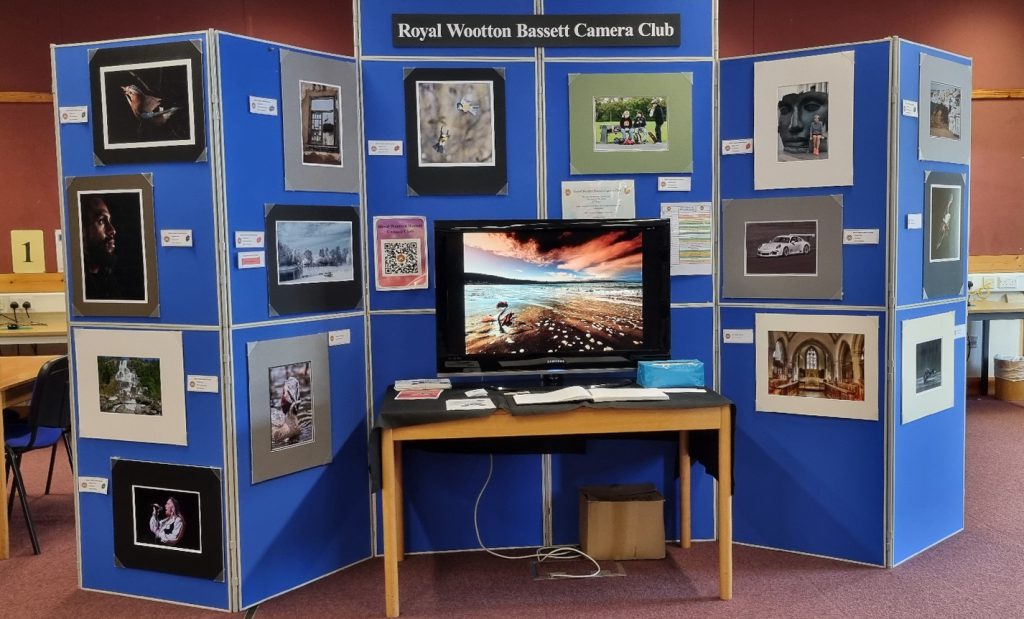We received a set of 71 prints, which had been entered into the Annual Travelling Prints Exhibition held by the Western Couinties Photographic Federation, and which are circulated around the region. The prints were classified into three sections; Nature; Open Colour and Open Monochrome.
We enjoyed viewing and critiquing in small groups for each of the three main subject areas. A diverse range of comments and views were expressed with little alignment and consistency between the groups on what their favourite prints were. Not being able to view some of the winning prints created something of a void in being able to compare our verdicts with those of the judges.
However, the enthusiastic participation within the groups served as a good way to introduce new members to the club, and inspire us all to try new techniques and approaches to our photography. Hopefully it will also have motivated more club members to submit prints intomor competitions.

